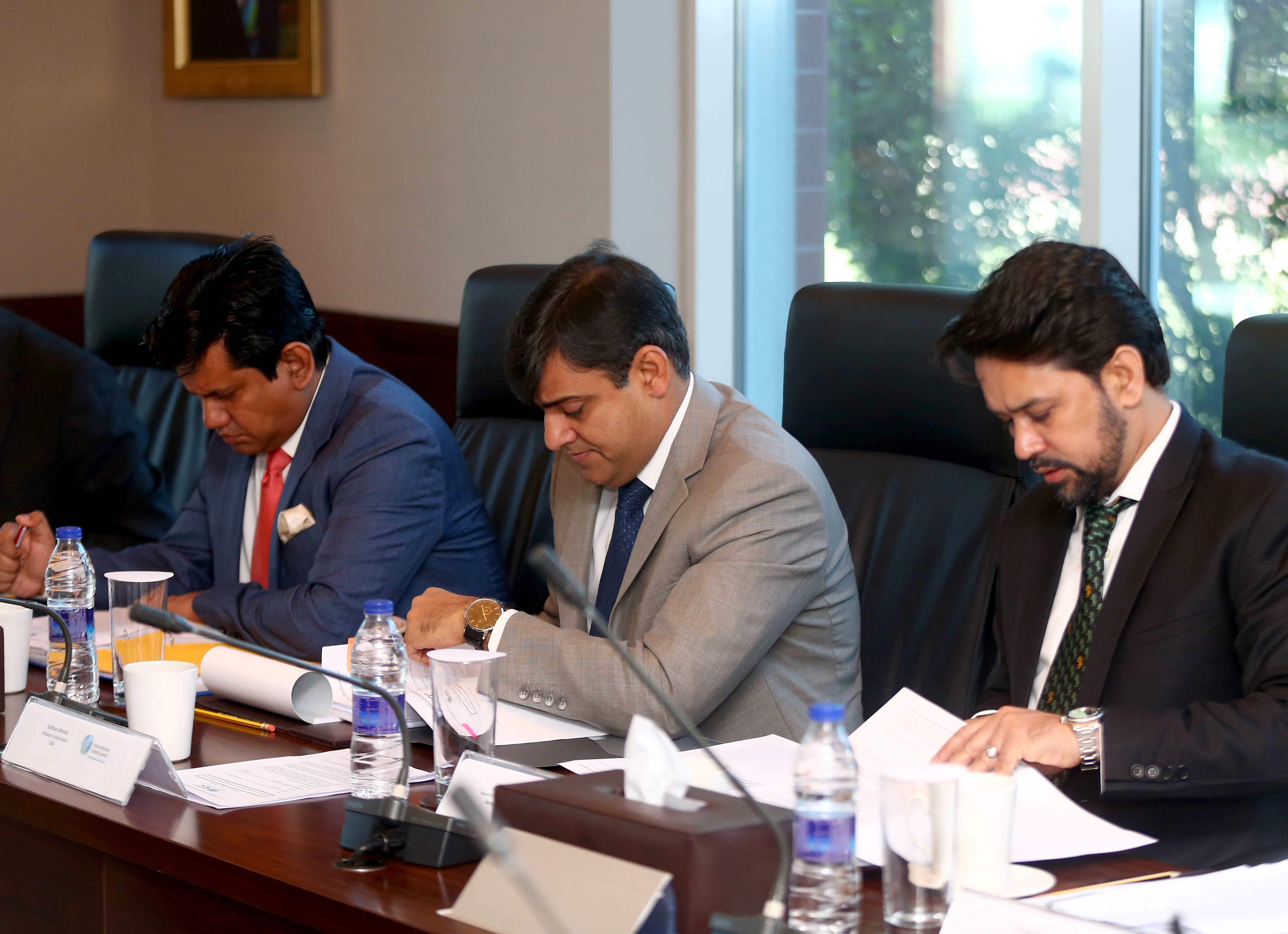India's matches might soon see DRS after BCCI makes first move
Anurag Thakur, the BCCI President, has insisted that the BCCI is willing to using the Decision Review System (DRS), but without one of its key components—Hawk-Eye. Thakur opposed the use of DRS for lbw decisions questioning why a technology should be used when it makes the same error as a human.

"You can have some and leave [Hawk-Eye]. If that comes as an option, we can look into that," Thakur told ESPNcricinfo in Florida.
The Decision Review System or the Umpiring Decision Review System is a technology introduced into cricket some eight long years back – ironically enough in an Indian series, the India tour of Sri Lanka of 2008. An almost comically one-sided streak of bad luck, comical if you were on the right side, plagued the Indians through the trip as the Sri Lankans got 11 DRS appeals right while India got only one right. MS Dhoni, who missed the fateful tour, and the BCCI have since then been vehemently opposed to the technology. Eight years hence and that still remains the case, although India had its fair share of good fortune from DRS in the 2011 WC. India have opposed the implementation of the system tooth and nail, and the ICC has had no option but to make it optional, that is it shall be used in a match only if both the teams agree upon it.
The DRS has three main components—The Hawk-Eye, the Snickometer, and the Hotspot. The BCCI is mainly opposed to the use of the Hawk-Eye technology. It is a 'predictive' technology that is used in
"I raised this question at that time also, whether it is 100% foolproof? No. Whether changes are required? Yes. When
"I said earlier also that you can have it partially without the lbw decisions, only for the rest of the decisions, Hawk-Eye and the rest of the stuff. But we need to ask ourselves if a machine is making the same error which a human is making, what are we getting out of it?

Comments
Sign up or log in to your account to leave comments and reactions
0 Comments